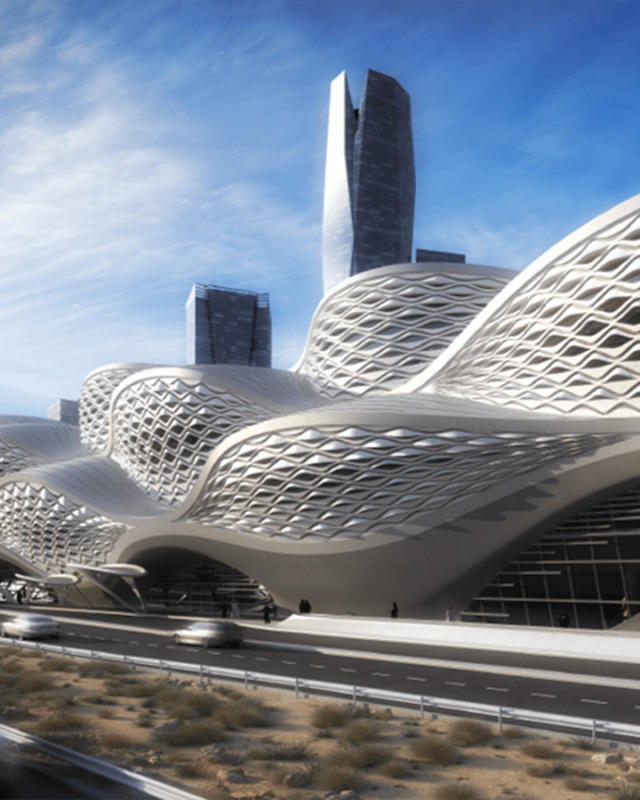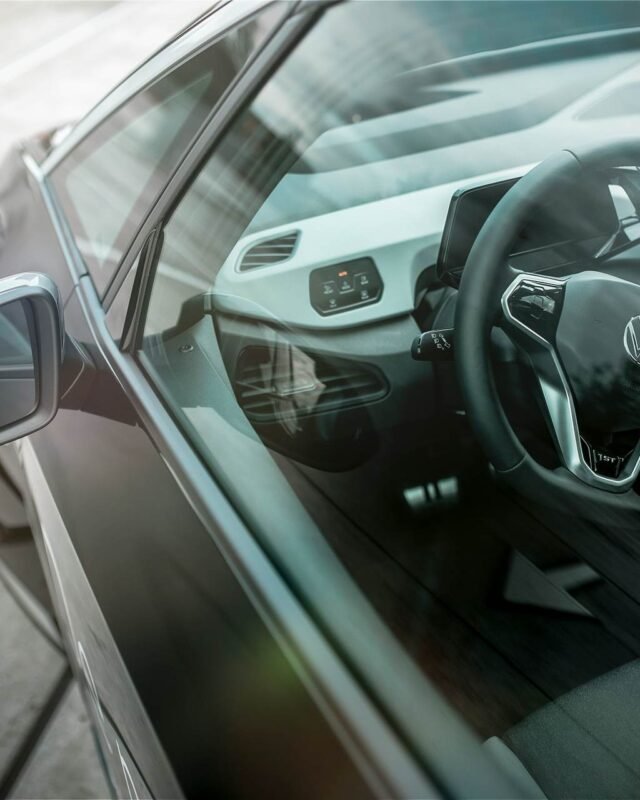Enhancing Public Transportation in Saudi Arabia: Innovations and Future Prospects
When it comes to improving mobility in the Kingdom, the goals set forth in Vision 2030 focus on creating a modern, efficient, and sustainable transportation system that meets the needs of its growing urban population. The advancements in public transportation aim not only to reduce traffic congestion and environmental impact but also to enhance the quality of life for residents and visitors alike. In this article, we will look into the key initiatives and technological advancements contributing to public transportation improvements in Saudi Arabia.
Key Projects in Public Transportation Improvements
One of the most ambitious projects is the Riyadh Metro, a massive infrastructure project that includes six metro lines spanning approximately 176 kilometers with 85 stations. The Riyadh Metro is designed to offer a reliable and efficient alternative to car travel, significantly reducing traffic congestion in the capital city. The metro will integrate with the city’s bus network, providing seamless connectivity and convenience for commuters.
Another notable project is the Haramain High-Speed Railway, which connects the holy cities of Mecca and Medina via Jeddah and King Abdullah Economic City. This 450-kilometer rail line significantly reduces travel time between these major cities and enhances the overall travel experience for millions of pilgrims and residents. The high-speed rail service is a testament to Saudi Arabia’s commitment to developing world-class public transportation infrastructure.

In addition to these large-scale projects, the Kingdom is investing in smart bus systems. These systems utilize advanced technologies such as GPS tracking, real-time passenger information, and mobile ticketing to improve the efficiency and convenience of bus travel. The introduction of electric and hybrid buses is also part of the strategy to reduce the environmental impact of public transportation.
Technological Advancements Driving Public Transportation Improvements
The role of technology in public transportation improvements cannot be overstated. One of the key technological advancements is the implementation of smart traffic management systems. These systems use AI and big data analytics to monitor and manage traffic flow, reducing congestion and improving travel times. Smart traffic lights, for example, can adjust their timing based on real-time traffic conditions, ensuring smoother traffic flow and less waiting time at intersections.
Another significant advancement is the use of contactless payment systems. These systems allow passengers to pay for their travel using smart cards or mobile apps, making the payment process faster and more convenient. This technology not only enhances the user experience but also improves the efficiency of fare collection and reduces operational costs.
Moreover, the integration of public transportation apps provides commuters with real-time information on bus and train schedules, delays, and alternative routes. These apps empower passengers to make informed travel decisions, reducing uncertainty and enhancing the overall travel experience.
Benefits of Public Transportation Improvements
The benefits of public transportation improvements in Saudi Arabia are manifold. Firstly, these improvements help reduce traffic congestion, which is a major issue in urban areas. By providing reliable and efficient alternatives to car travel, public transportation systems can significantly ease traffic flow and reduce travel times.
Secondly, enhanced public transportation contributes to environmental sustainability. The use of electric and hybrid buses, along with the development of high-speed rail and metro systems, reduces reliance on fossil fuels and lowers carbon emissions. This is crucial for Saudi Arabia as it seeks to mitigate the environmental impact of its rapid urbanization and economic growth.
Thirdly, public transportation improvements enhance the quality of life for residents. Reliable and efficient public transportation systems provide greater accessibility and mobility, enabling people to travel more easily for work, education, and leisure. This connectivity is particularly important in a country with vast distances between major cities and regions.
Conclusion
Public transportation improvements are a cornerstone of Saudi Arabia’s Vision 2030, reflecting the Kingdom’s commitment to developing a modern, efficient, and sustainable transportation system. Through key projects like the Riyadh Metro and the Haramain High-Speed Railway, along with technological advancements and smart solutions, Saudi Arabia is set to transform its public transportation landscape. These improvements will not only alleviate traffic congestion and reduce environmental impact but also enhance the overall quality of life for its residents and visitors.



